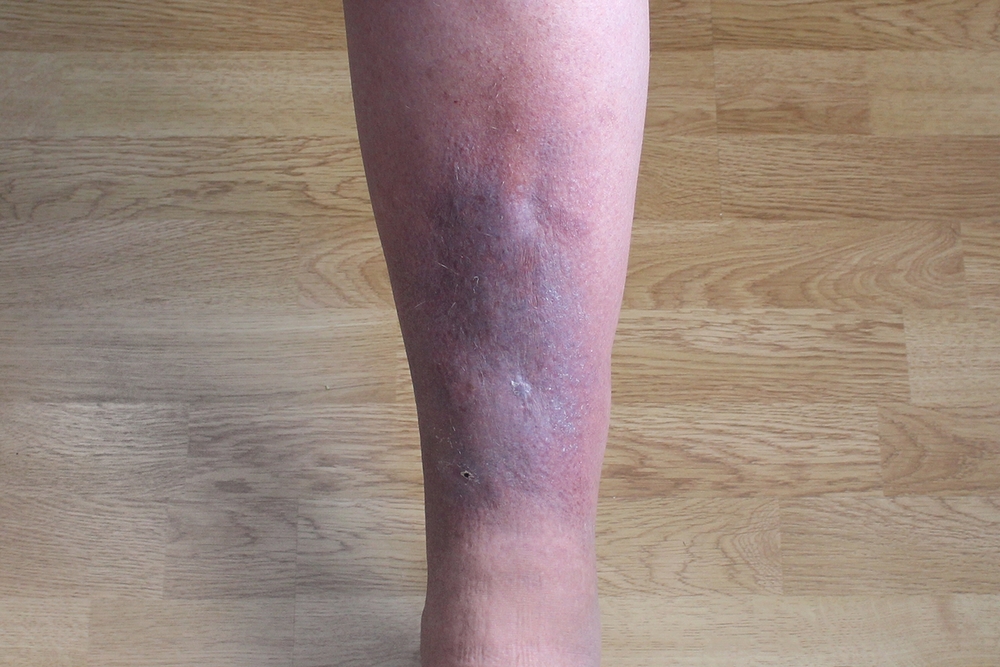Deep vein thrombosis (DVT), blood clots that happen in deep veins, often in the thighs and lower legs, is a relatively common venous condition that is not life-threatening. However, if treatment doesn’t occur, DVT can lead to a serious condition called post-thrombotic syndrome (PTS), also called postphlebitic syndrome and venous stress disorder.
What Are the Symptoms?
PTS symptoms include leg heaviness, itching, swelling, varicose veins, skin discoloration and ulcers. Symptoms often get worse if a person has been walking or standing for long periods of time.
When clots form in veins, the vital valves within veins can become damaged and leaky. Without properly functioning valves, blood doesn’t circulate properly, leading to a host of other problems. In fact, if a blood clot completely blocks a vein, the blood begins to move through neighboring, smaller veins, enlarging them. If these smaller veins don’t move enough blood, however, pain and swelling begins to occur.
Post-thrombotic syndrome is a life-long condition, with symptoms coming and going over time.
What Puts Me At Risk for Post-Thrombotic Syndrome?
Those over 65 and obese people are at greater risk for this condition. If a person experiences two episodes of DVT in the same leg, this can be cause for concern of more advanced problems like PTS.
In fact, an important part of preventing PTS is preventing DVT, or preventing the recurrence of DVT. Compression stockings, electrostimulation and anticoagulant medications can all play an important role in the prevention of DVT, and therefore post-thrombotic syndrome.
About 330,000 people in the United States have post-thrombotic syndrome, according to stoptheclot.org.
How is PTS Treated?
Leg elevation and compression therapy are common treatment options for PTS. Patients are also encouraged to lose weight and increase exercise levels. Narrowed veins may also be stented.

